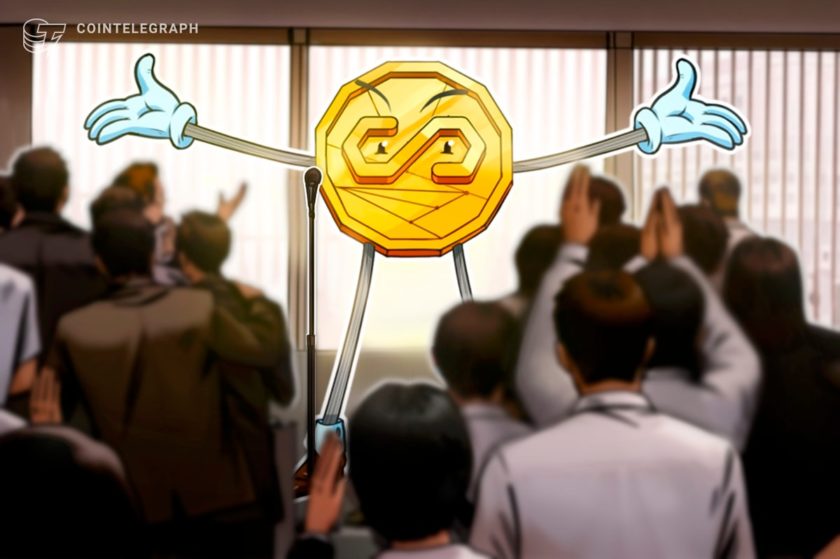Chinese e-commerce giant JD.com is stepping into the stablecoin arena, with founder Liu Qiangdong revealing plans for a global licensing push aimed at cross-border payments.
The announcement, made during a media briefing in Beijing on Tuesday, came as the US Senate passed the Guiding and Establishing National Innovation for US Stablecoins, or GENIUS Act, a landmark bill establishing federal guardrails for stablecoins.
“We hope to apply for our stablecoin license in all major sovereign currency countries in the world,” Liu said. He outlined that the stablecoin would be used to enable faster, cheaper global transactions.
“We can reduce payment costs by 90% and deliver within 10 seconds,” he claimed, contrasting this with the traditional SWIFT system’s two-to-four-day settlement window.
Related: Malaysia launches Digital Asset Hub to test stablecoin, programmable money
JD.com stablecoin plans to expand to retail
Initially targeting business-to-business (B2B) transactions, JD’s stablecoin plans could eventually extend to consumer payments. “After B-side payment is completed, we can move toward C-side payment,” Liu noted, hinting at broader retail ambitions.
Liu mentioned that their ambitious project may face challenges and even fail, but said that is “how business works.”
JD.com is pushing to go global while sticking to its supply chain-focused business model. “We are not going to do new models anymore,” Liu said. “But we will deepen and strengthen the existing seven or eight business models […] and make them international businesses.”
On Wednesday, People’s Bank of China Governor Pan Gongsheng announced plans to establish an international digital yuan operations center in Shanghai as the country accelerates efforts to internationalize the digital yuan and reduce global reliance on the US dollar.
In 2021, JD.com started using China’s Digital Currency Electronic Payment (DCEP) system to pay employee salaries, B2B payments and cross-bank settlements.
Related: Ubyx raises $10M to Standardize Stablecoin Redemption
Interest in stablecoins rises with new regulations
JD.com’s push into the stablecoin sector comes amid rising interest in stablecoin infrastructure globally, with new regulatory reforms.
On Tuesday, the Senate passed the GENIUS Act. The bill initially failed a cloture vote in the Senate in May in response to Democratic opposition to US President Donald Trump’s connections to the cryptocurrency industry.
However, last week, in a 68–30 vote, the Senate voted to invoke cloture for the bill, setting it up for debate and a full floor vote.
The bill may still face hurdles in the Republican-held House.
Last week, stablecoin issuer Circle CEO Jeremy Allaire suggested that the stablecoin breakthrough moment isn’t far off. “We are not quite yet at the iPhone moment when developers everywhere realize the power and opportunity of programmable digital dollars on the internet in the same way they saw the unlock of programmable mobile devices,” Allaire said.
Magazine: Older investors are risking everything for a crypto-funded retirement



